What is the Prismizer Effect and Can it Be Used on Instruments?
Quick Answer
The Prismizer Effect is a vocal processing effect comprised of the Antares Harmony Engine - the effect gained popularity in the late 2010s after being created and utilized by artists such as Bon Iver, Frank Ocean, and Francis and the Lights. The effect is accomplished by using a Midi controller.
What is the Prismizer Effect in Detail
After the release of Bon Iver’s ’22, a Million’ and Frank Ocean’s ‘Blond’ it became apparent that a new form of vocal processing was happening .

Frank Ocean's Blond was one of many albums to feature this new form of vocal processing.
This wasn’t the autotune we can come to know from countless hip-hop and pop albums, this was something unique and entirely different. It didn’t take long before the effect had a name.

The effect soon became a commonly talked about vocal effect amongst artists and producers.
Dubbed the ‘Prismizer’ effect (named after a Prism’s effect on any light source shown through it), word of the effect spread, but with little detail on how it was accomplished. Curiosity only increased when a live version of Bon Iver’s ‘Creeks’ was performed in 2017 for NPR.

Bon Iver's live performance left a lot of people curious about how the effect was accomplished.
Despite a fair amount of time passing and a lot of speculation on the topic, the answer ‘How is this effect created’ wasn’t answered for some time. Although we’ll be delving briefly into how to accomplish the effect, it won’t be our main focus in this post.
However, if you’d like a step-by-step process for creating the Prismizer Effect, check out our blog post that showcases one of, if not the only completely accurate set of instructions for creating it:
In it, you’ll find both a video and written instructions for creating the effect in both a live and studio setting.
Again, we will be briefly covering how to set up the effect here, but in a more expedited way - so if you’d like a step-by-step for how to make the Prismizer effect, or are unfamiliar with signal routing, it’s best to start with that blog post and video first.
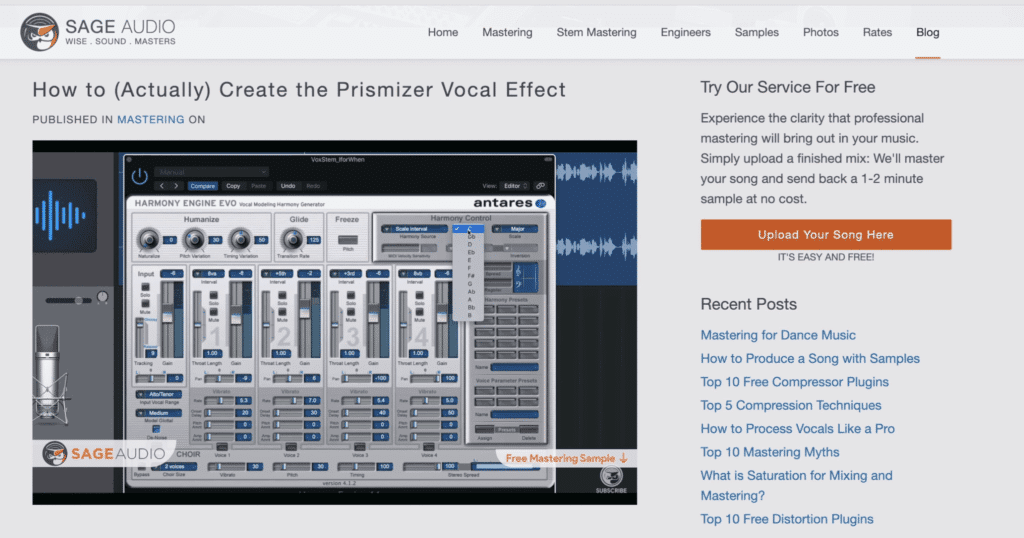
Take a look at our other blog on the Prismizer for more information.
Instead of detailing the steps, we’ll be providing examples of the Prismizer effect as well as experimenting with it to see if it has additional applications.
We’ll be using the effect on these five instruments:
- Vocals
- Guitar
- Drums
- A Stringed Quartet
- Piano
Although we don’t expect the best results from all of these instruments, it’ll be interesting to hear the results nonetheless.
With each example, we’ll consider some of the potential uses for this type of processing outside that of the vocal.
Additionally, we’ll discuss why the effect works for some instruments and not others.
Lastly, we’ll cover how the effect can be improved in the future.
If you have a mix that you’ve been working on, and you’d like to hear it mastered - send it to us here:
We’ll master it for you and send you a free mastered sample for you to review.
The Prismizer Effect on Vocals
Now, the Prismizer effect is typically thought of as a vocal effect - but for the sake of experimenting and finding something new, let’s just consider the term ‘Prismizer’ as the act of using the harmony engine with a midi controller.

The Prismizer effect is typically thought of as a vocal effect - but can it be used on other instruments?
With that said, let’s experiment with the effect in its original intended context.
Using a prerecorded vocal, let’s create an additional software instrument track.
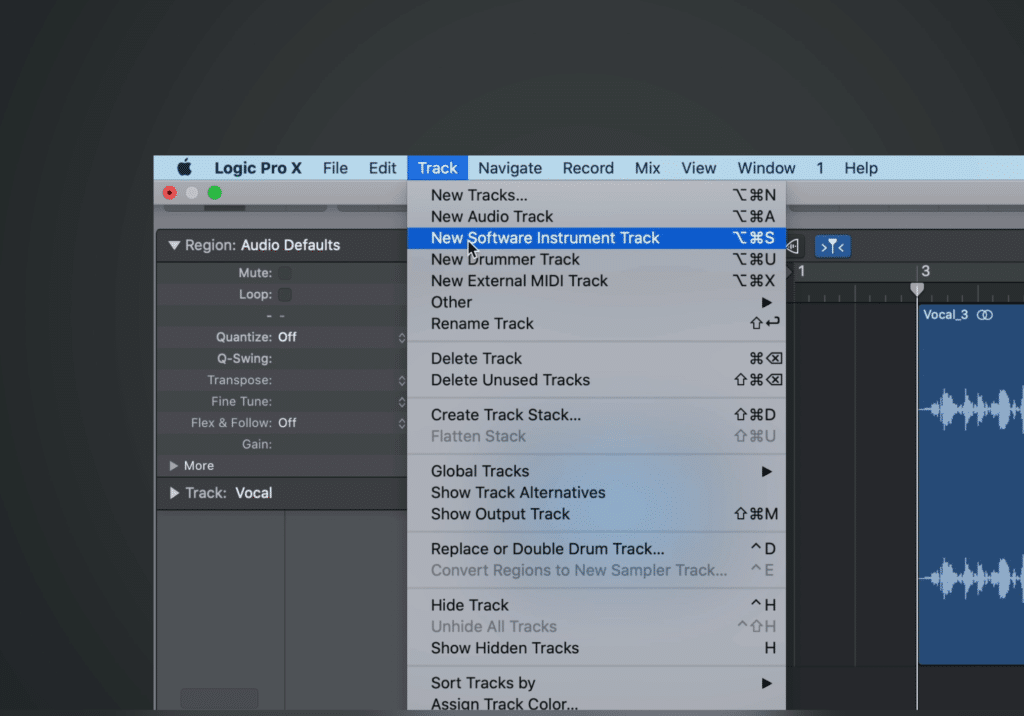
Start by creating a software instrument track.
On this software instrument track, let's use the Harmony Engine Evo as a midi-controlled effect. From there we can change the input source to Midi Omni, and the side-chain setting to our pre-recorded track.
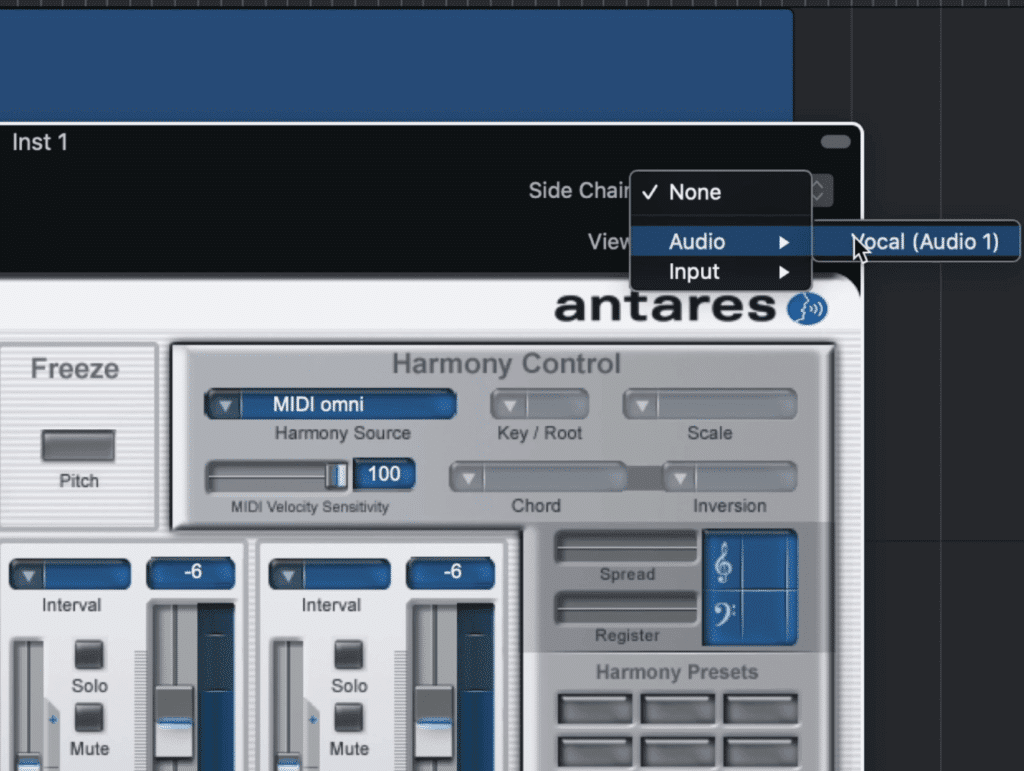
Insert the Harmony Engine as a Midi-controlled Effect. Set it's 'Harmony Source' to omni, the side chain the track you want to affect.
We should now be able to control the harmonies added to the vocal via a midi controller.
Let’s hear how the effect sounds when using just one note, or one harmony at a time .
Vocal w/ Single Note Harmony
Next, let’s try something a bit more complex and use a chord to create some harmonies - I’ll be using a midi effect known as a Chord Trigger, to create a chord with just one note for simplicity’s sake.
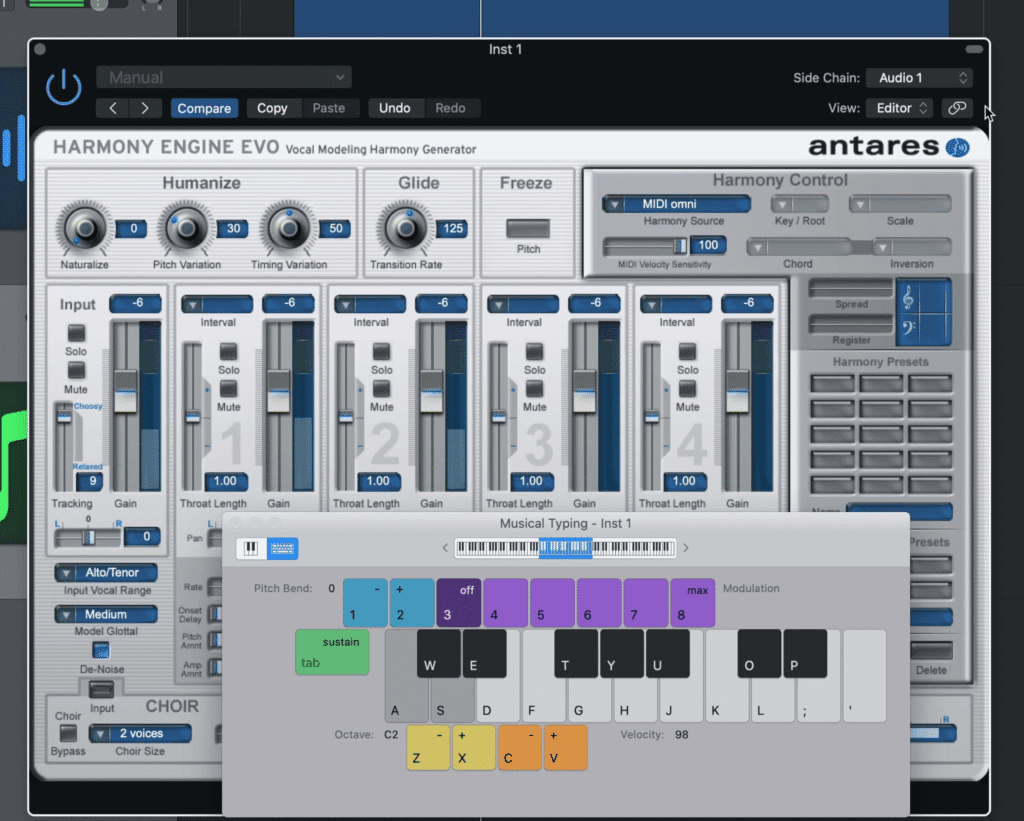
Once set up, you can control harmonies via a midi-controller.
Now, keep in mind that any additional processing, be it reverb, distortion, delay and so on, will negatively impact the Harmony Engine’s ability to properly detect the incoming signal. For that reason, we need to avoid having any processing on our prerecorded vocal prior to affecting our vocal.
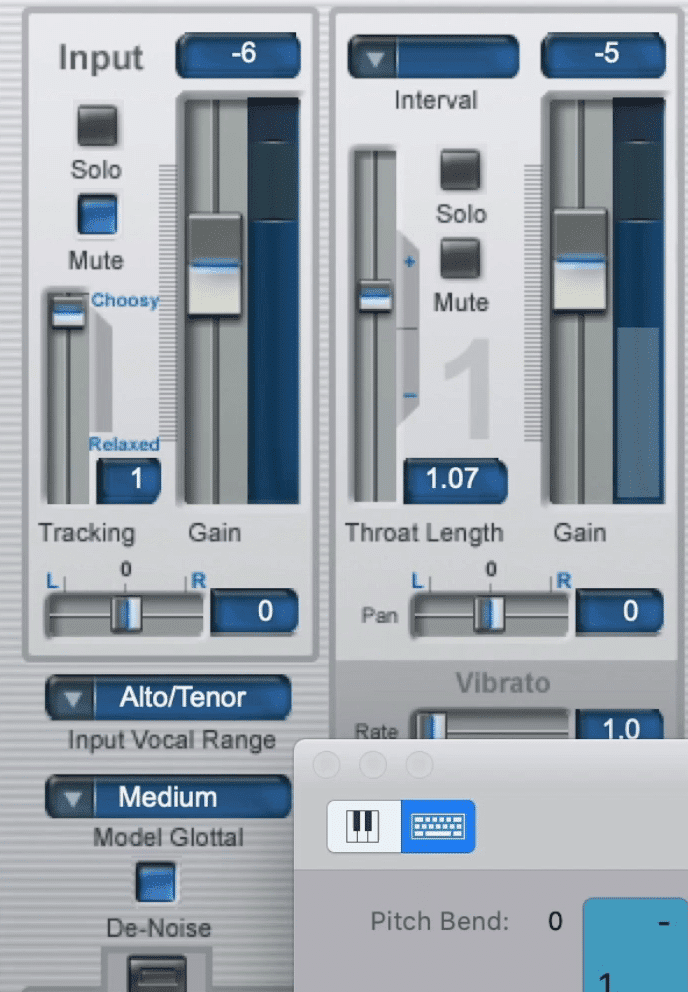
The input settings of the harmony engine will help to achieve more accurate results.
Additionally, depending on the vocal’s strength and intensity, as well as the octave, we’re going to want to account for these variations in the input section.
This way we can adequately capture our signal.
Lastly, a vocal with a lot of plosives or breaths is going to interrupt the engine’s ability to capture the incoming signal , in turn messing up our harmonics. That said, having a really clean vocal and using the correct incoming settings is ideal for creating the Prismizer effect on vocals.
Next let’s add some reverb, a little bit of delay, some compression, EQ and maybe some distortion too, to create a great sounding and unique vocal.
Vocal w/Multi-note Harmony and FX
Keep in mind that all of these effects are being used after the Harmony Engine is creating the harmonies because again, the input to the engine needs to be as clean as possible.
The Prismizer Effect on Guitar
Using the Prismizer effect on the guitar is definitely a unique experience with a unique sound. Depending on the incoming signal, the sound ranges from a typical synth to a completely foreign and new guitar tone.

The Prismizer effect on guitar has interesting but mixed results.
Although the Harmony Engineer can be used in a fixed mode on guitar to create somewhat typical, if not slightly augmented chorus effect, using the midi controlled setting changes it completely.
In truth, using a fixed mode will result in a more consistent sound, but using it as a Prismizer effect causes some unexpected artifacts that can be introduced creatively with some persistence.

Using the Harmony Engine's 'Fixed Interval' Setting creates a chorus effect on the guitar.
Just like with the vocal, make sure that the guitar recording is as clean as possible. For that reason, record the guitar as a DI or direct input signal, not from an amp or from an amp modeler.
Additionally, try not to drive the guitar or cause any distortions, as this will affect how the Harmony Engine interprets the signal.

Do not use an amp when recording your guitars signal - us a direct input method for the cleanest signal possible.
Although a single note performance will result in a cleaner signal, playing guitar chords results in a more interesting effect.
And here is it on a chorded guitar performance:
Guitar Chords w/ Harmonies
Although this sound definitely isn’t suited for every record, it does expand the toolbox of producers. Try it out and share your results!
The Prismizer Effect on Drums
Using a harmony generator on a drum track is certainly not the first thing a producer would think to do, but it is worth trying nonetheless.
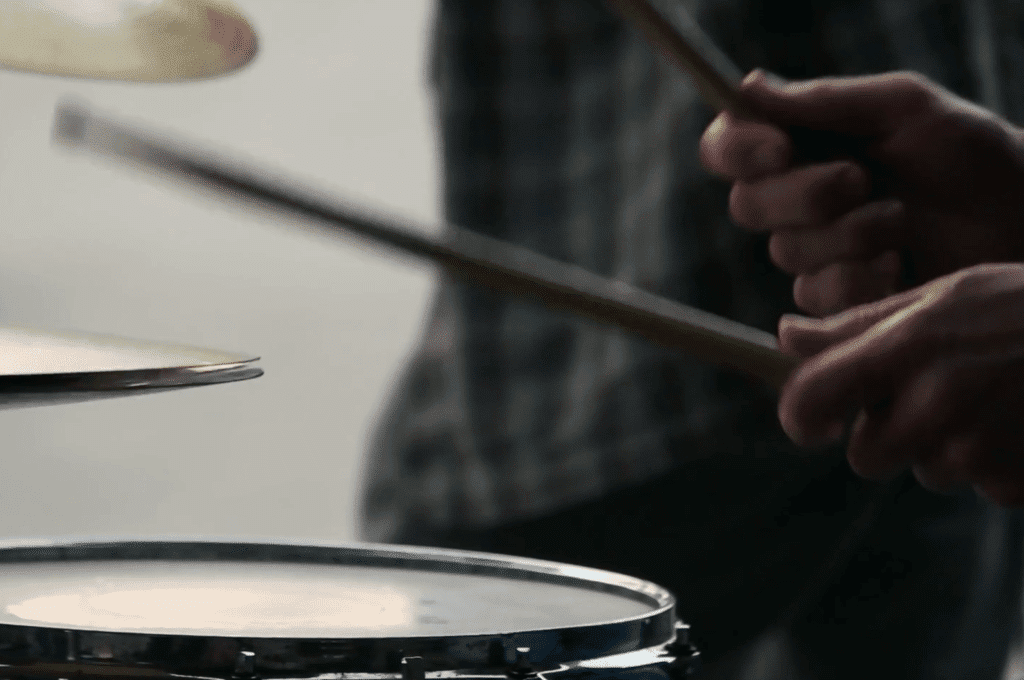
The Prismizer Effect works surprisingly well with drums.
Using a Logic Pro X drum track as the source, the signal is fed into the Harmony Engine in the same way it has been in the previous examples.
One difference to note is that when performing the Prismizer effect on drums, the key of the harmony generation greatly affects the tonality of the generation.
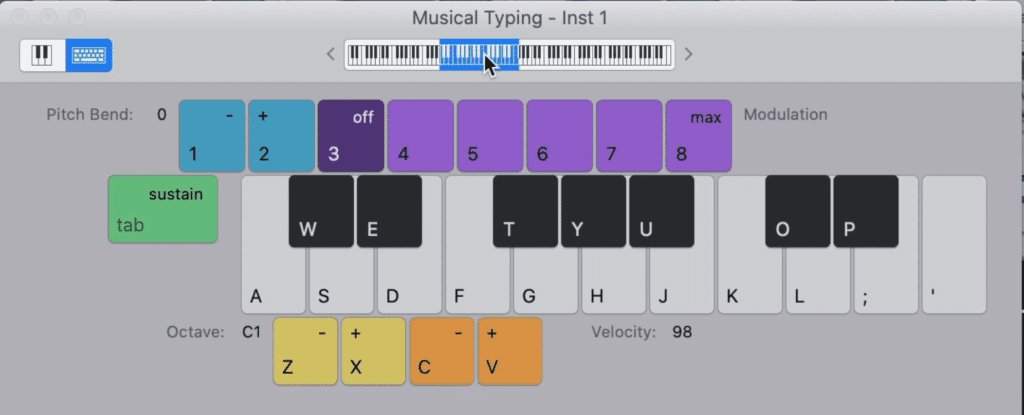
The key of the generation really affects the timbre of the drums.
When the key is lower, the drums almost sound gated - somewhat similar to an 80’s Phil Collins sound. But when shifted higher the harmonies sound much more melodic - almost like a synth triggered by the drums.
Instead of playing the midi controller as you would with a melodic instrument, playing it in a more percussive manner seems to have better effects.

Muting the original input and only monitoring the harmonies creates a more compelling sound.
Additionally, muting the original signal makes the effect more pronounced. Otherwise, the artifacts introduced by the engine cause phase cancellation with the original signal, in turn making the entirety of the signal less distinctive or enjoyable.
With all of this in mind, using this effect is best used sparingly and for creative effect. It may not work for an entire drum track, but for a unique segue into another section of the song, or maybe a brief and distinguishable sample, this effect would work well.
Drum Harmonies w/o Original Signal
If you’d like to learn more about samples, check out our blog post on the topic:
It showcases how sample-based songs are created.
The Prismizer Effect on a Stringed Quartet
Of all the instruments and instrument groups tested with the Prismizer effect, this is perhaps the most disappointing. One would definitely think that this effect would sound great on strings, yet, the sound developed by the Prismizer effect on this instrument is anything but pleasant.
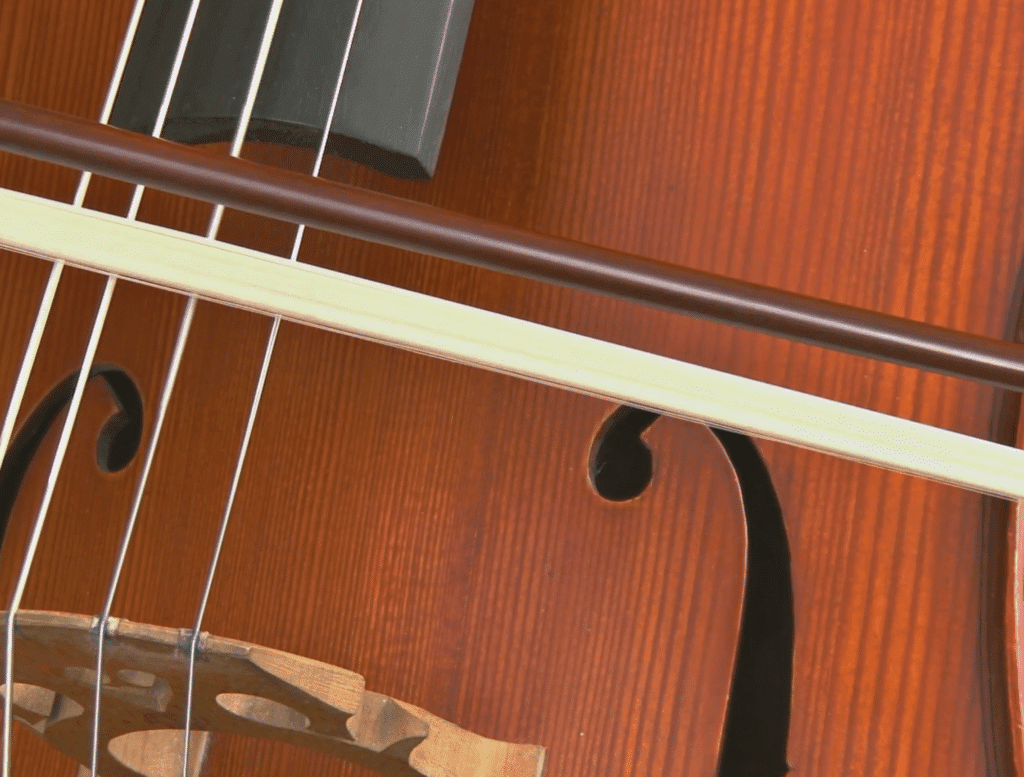
The Prismizer effect doesn't sound too great on stringed instruments.
For whatever reason, the Harmony Engine is not capable of properly capturing the signal from a bowed string instrument without introducing significant distortion.
This distortion causes the harmonies generated to sound like an improperly struck note - being both out of tune and shrill in its timbre.

The harmonies caused by the Prismizer sound like the violin or instrument wasn't struck correctly.
That’s why we can’t suggest using the harmony engine on this instrument group or individual instrument.
Unless used for dramatic effect , perhaps for a score meant to unsettle the audience, then this Prismizer effect does not pair with violin, cello, or any bowed string instrument.
Take a listen to the effect here:
Violin w/ Harmonies
Also, if you’ve been working on a mix that you’d like to hear mastered, send it to us here:
We’ll master it for you and send you a free sample to review
The Prismizer Effect on Piano
Although it seems like this would be an ideal instrument to add this effect to, using the Prismizer effect on the piano has mixed results at best.

The Prismizer has mixed results on the piano.
Like the violin quartet, a fair amount of distortion is caused when applying the Prismizer effect. The Harmony Engine can’t seem to capture the notes in time to adequately create the harmonies.
The plugin will either create distorted and out of key harmonies (even with the correct note played) or it will simply not create a note. Playing these harmonics will also introduce phase cancellation that, as you can imagine, doesn’t blend in well with the original signal.
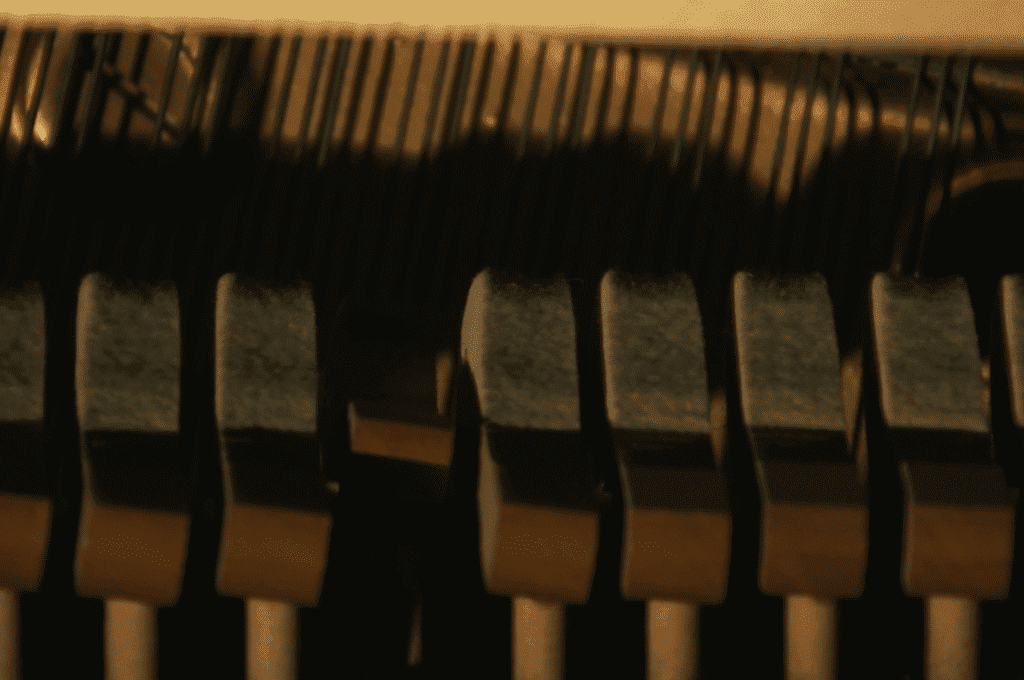
It seems that the harmony engine can't pick up on the notes due to how they're struck.
Somewhat similar to the guitar, there are some rare moments in which the effect works as intended, yet, even with the input recognition set the ‘instrument,’ it seems like this plugin isn’t designed for most instruments.
Take a listen to the effect on piano here:
Piano w/ Harmonies
Can the Prismizer Effect Be Used on Instruments?
Although the Prismizer vocal effect can be used on some instruments, the results and usefulness of the effect vary from instrument to instrument. Whereas it seems that the Harmony Engine can easily discern the notes present in an incoming vocal, other instruments don’t seem to be as easily detected.
Why Can’t the Prismizer Effect Be Used on Instruments?
Although this can’t be said with absolute certainty, the most likely reason why the Prismizer Effect doesn't work as intended for instruments is the Antares Harmony Engine Evo’s inability to process and recognize timbres that vary from vocals. In other words, certain ADSRs are not compatible with the engine.
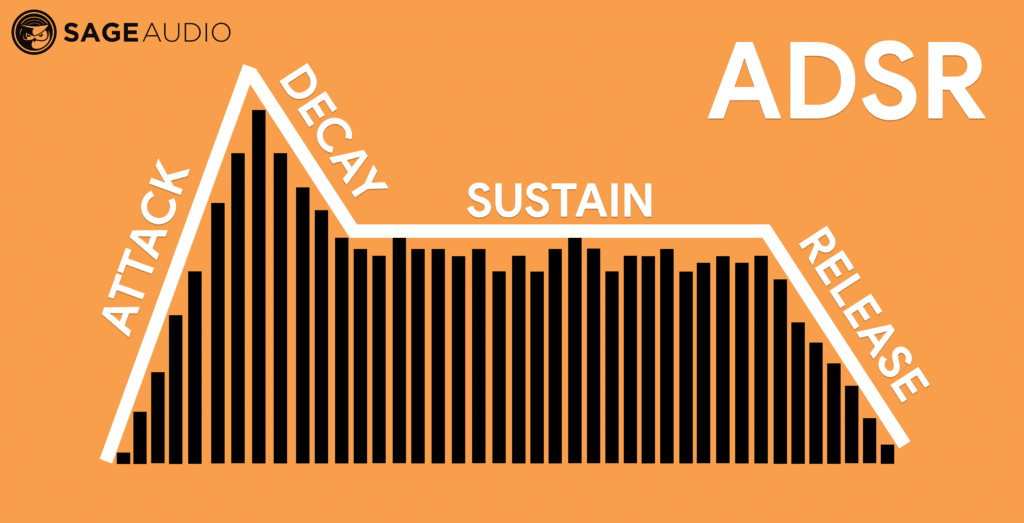
The ADSR of a signal greatly affects how the engine will respond to that signal.
The attack and decay of instruments definitely affect how the engine can pick up on incoming signals. It seems that most vocals have a moderately gradual attack and decay, or a quick attack and decay.
This may explain why the harmony engine also worked surprisingly well on drums. Perhaps there are certain timbres that the engine cannot interpret with causing distortion, as the main intention of the plugin is to detect and generate vocal harmonies.
How to Make the Prismizer Effect Sound Better
The Prismizer Effect sounds better when processing a clean vocal - one that does not have any processing prior to being routed through the Harmony Engine Evo. Additionally, typical vocal processing such as reverb, delay, compression, and other similar effects improve the effect if made after the engine’s processing.
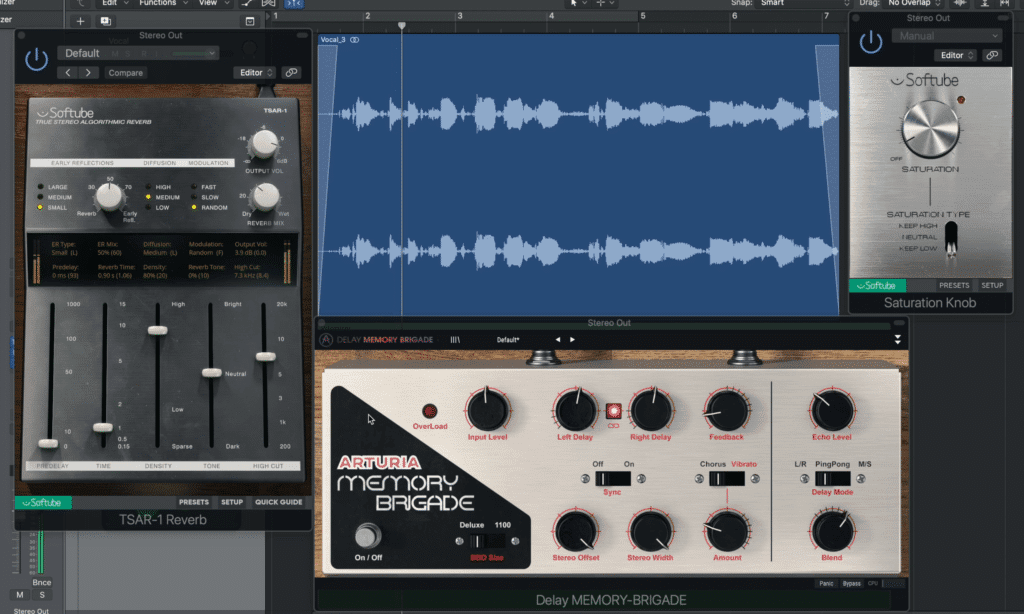
You can add effects processing to your harmonies, but only after they have been generated.
As stated previously, any processing or unwanted artifacts before being routed to the engine will interpret the harmony engine’s ability to separate the vocal into harmonies.
Other than that, typical vocal processing will help to improve the effect.
If you’d like to learn more about how to process a vocal, check out our blog post on the topic:
Its full of valuable information on the topic and shows a step-by-step method for creating professional-sounding vocals.
What is the Future of the Prismizer Effect?
Considering the Prismizer effect is directly tied to the Antares Harmony Engine Evo, the effect’s future depends upon the improvement of the engine. In other words, either the Harmony Engine Evo will improve and become more versatile, another plugin will take its place, or the effect will soon be forgotten.

As the Harmony Engine improves, so too will the Prismizer Effect.
Considering the effect was so influential, it would be a shame for the effect to loose momentum. Just like how reverb, compression, delay, and other effects have evolved over time, it’s entirely possible that harmony generation will evolve to create new and exciting vocals.
With our experiments and examples in mind, it would be fantastic is the engine improved enough to be able to comprehensively affect more instruments than just vocals. This way, engineers and producers could continue to expand upon the effect to create new forms of processing and new sounds.

When the effect improves, producers will have more options for how they process their signal.
Otherwise, the effect is limited to the quality and versatility of the software used to create it.
On a positive note, it only makes sense that the software will improve and expand with each new iteration, in turn, creating an exciting future for the Prismizer Effect.
Conclusion
The Prismizer effect, although typically thought of as solely a vocal effect, has some uses outside the realm of vocal processing. Whether its guitar, drums, stringed instruments, or piano, the Prismizer can create both pleasant and unpleasant sounds to use musically or for dramatic effect.
Based on our tests, the Prismizer effect works best on Vocals, Guitar, and Drums in that order.
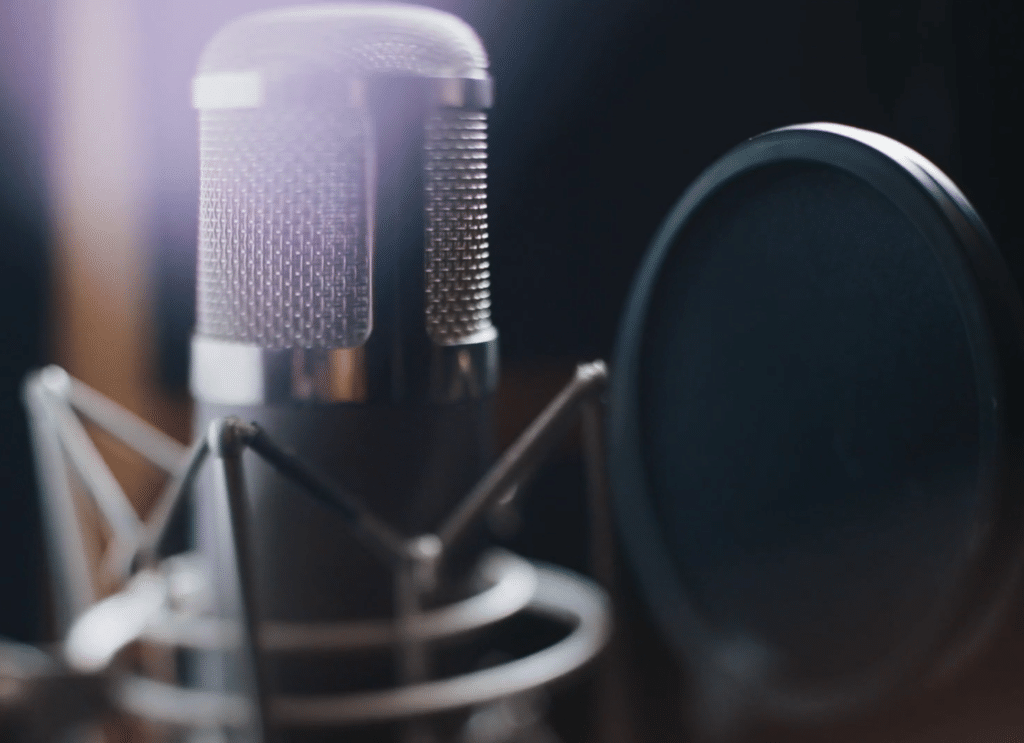
The Prismizer effect works best on vocals.
The Prismizer effect has mixed to poor results on Piano and Stringed Instruments.

The effect results in artifacts and distortion when used on Piano and Violin.
Once you’ve recorded your effect, you can improve upon it by using reverb, delay compression, and other forms of processing that you typically would on a vocal. The extent to which this improves your effect depends on how well the effect was accomplished.
So, if you're finding that you’re having difficulty creating a good sounding effect, ensure that your vocal is being recorded as cleanly as possible and that no other forms of processing are occurring prior to the signal being routed to the harmony engine.
At this point in time, the only way for the effect to sound better and become more versatile is for the software used to create it to become more advanced. The Harmony Engine Evo needs to improve upon before instruments can properly be harmonized.
This is the main limitation of the engine - that is, it cannot adequately capture and harmonize instruments , despite having settings designed to do so.
Hopefully, this will improve soon, and the Prismizer effect will be easier to accomplish on instruments other than vocals.
If you have a mix you’ve been working on, maybe one with the Prismizer effect, send it to us here:
We’ll master it for you and send you a sample for you to review.
Have you ever used the Prismizer Effect?




